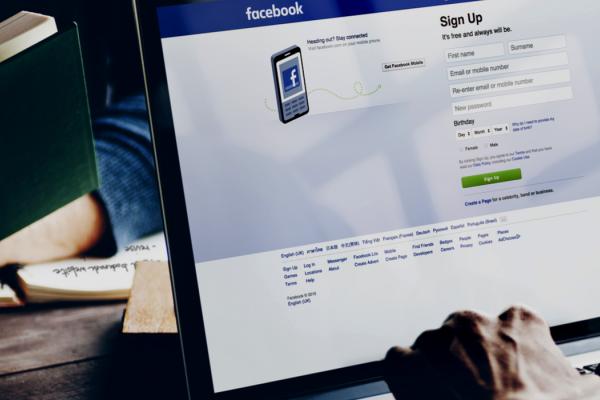YOU COULD SAY it’s been the best of times and the worst of times for Facebook Inc. This summer the social media platform’s number of monthly users reached 2 billion. That’s more than one-fourth of the world population, and Facebook has achieved that global reach while still off limits for more than a billion Chinese. More than half of Facebook users log in every day; in the U.S., one out of every five internet page views takes place on Facebook. The company is currently valued at $435 billion.
This success has come despite what should have been a truly dreadful year for the company’s image. Rapes, murders, and suicides have been live-streamed on Facebook. And at least some of those atrocities may have been provoked by the unparalleled opportunity Facebook offers to sociopaths and exhibitionists. In addition, in the past year Facebook was guilty of helping disseminate false information that helped elect Donald Trump. The social network has also been widely named as a major contributor to our increasingly toxic political culture, in which citizens never have to face facts that might contradict their prejudices. A 2016 study from the University of Pittsburgh even found an association between social media use, including Facebook, and depression among young adults.
Read the Full Article

